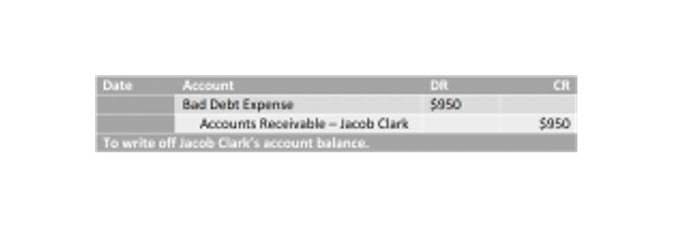
It is recommended to review and update encumbrances on a monthly or quarterly basis. Regularly monitor and adjust the encumbrances recorded in your accounting system. This involves updating the encumbrance amounts as commitments are fulfilled or modified. By doing so, you can maintain accurate records of your financial obligations and make informed decisions regarding resource allocation.
- While encumbrance accounting provides numerous benefits, each sector also faces unique challenges and considerations.
- Understanding the difference between encumbrances and actual expenses is essential for effective budgetary control and financial reporting.
- For example, Jennifer owns an easement, that she negotiated with her neighbor, that gives her the right to use her neighbor’s well.
- Requisition encumbrances are automatically relieved when requisitions become purchase orders.
What Does It Mean If a Property Is Encumbered?

Implementing AP automation software can significantly help companies sync data for accurate https://www.bookstime.com/ and gain control over their finances. As organizations strive for greater efficiency and accuracy in their financial management, encumbrance accounting systems and software will continue to evolve. By embracing these future trends, companies can optimize their encumbrance tracking processes, improve budget control, and make more informed financial decisions. One of the first steps in implementing encumbrance accounting is defining the encumbered amount. This involves identifying the specific liabilities and obligations that need to be accounted for. By clearly understanding the upcoming expenses and commitments, organizations can accurately allocate funds and prevent overspending.
Accurate expenditure control
While encumbrance accounting provides numerous benefits, each sector also faces unique challenges and considerations. In government, public sector, and non-profit organizations, strict regulations and reporting standards must be adhered to. The complexity of budgetary processes, shifts in funding sources, and changing priorities pose additional challenges. You can review funds available and compare encumbrances and expenditures with budgets. You can review primary ledger currency budget, actual and encumbrance balances, and funds available for any detail or summary account. General Ledger calculates funds available by subtracting expenditures and encumbrances from budgets.
- Encumbrance data enables budgetary control, letting your company better understand where they are financially at any given time.
- The External Encumbrance (balance type code EX) refers to the commitment of funds generated by purchase orders.
- Or it might be a zoning regulation that prohibits you from building a structure you’d hoped to have.
- By tracking this information, financial analysis is easier to perform and a more accurate predictor.
- The firm’s focus is taxation and tax advice, corporate and individual tax planning, fiduciary taxes, and trust and estate taxes.
- Once the encumbrance is approved, the funds are no longer available for use in other transactions.
Better financial planning
- Overall, encumbrance accounting serves as a crucial tool for effective budget management, accurate financial reporting, informed decision making, and maintaining financial control and accountability.
- Be sure to allocate the encumbrance to the appropriate account and ensure accurate tracking.
- Encumbrance accounting offers numerous advantages, including improved financial management, better budget control, and more accurate predictions of cash outflow.
- The process of encumbrance accounting involves creating encumbrance journal entries after purchase requisitions and purchase orders.
- One such concept that plays a significant role in financial reporting and budget management is encumbrance accounting.
- These encumbrances can usually be found in the records of the local county recorder or land records office.
It means that some party has placed a claim on the property that affects what the property owner may do with it. A lease is an agreement whereby someone rents a property for an agreed-upon rate and period of time. It is a form of encumbrance by which the lessor (landlord) does not give up title to the property, but their use of the property is significantly constrained by the lease agreement. An affirmative easement allows the party that possesses the easement to use a property as defined by the easement. For example, a utility company may have the right to run a gas line through a person’s property.
We also allow you to process your invoices and payments your way, whether that means email, scanning, or automatically forwarding bills from your email. Routable wants to enable you to grow into encumbrance accounting the future, which is why we have a sophisticated API for any bulk processing. During the initial pre-encumbrance phase, someone submits a request to reserve money for a future payment.

